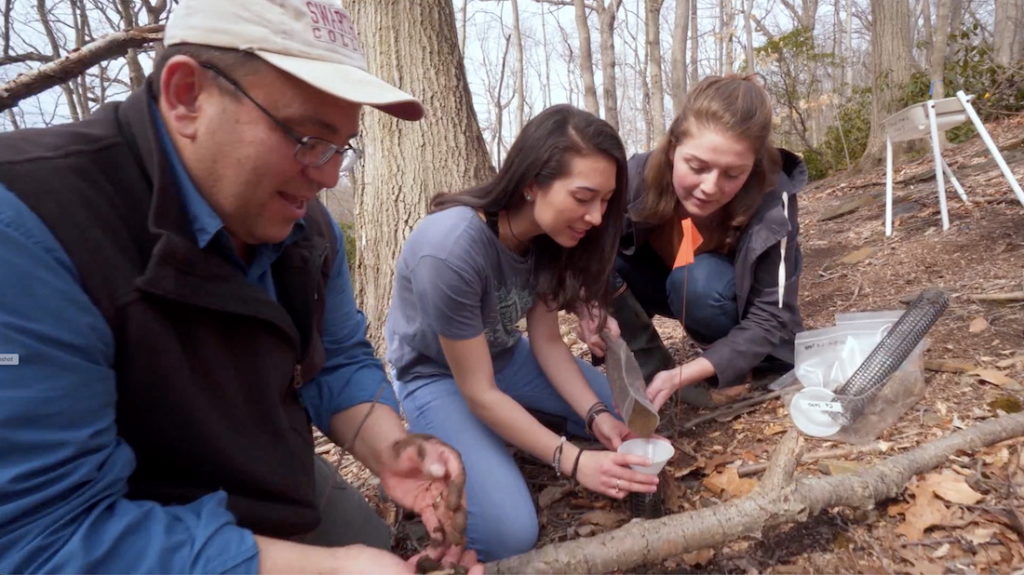Contact: Karen Kuers, University of the South – Sewanee: kkuers@sewanee.edu
Initiated: 2012
Project Status: Currently accepting participants
Description
The goal of the Permanent Forest Plot Project (PFPP) is to establish a set of permanent research plots throughout the United States and Canada that will allow faculty and students to address questions related to tree biomass, carbon accumulation, invasive species, and disturbance patterns across a range of sites and ecoregions.
Hypotheses/Objectives: PFPP Potential Research questions, tips for plot selection, and more
Summary of Methods: Project participants establish one or more permanent, 400 m² plots (20 x 20 meters) in forested areas at or near their home institutions. The protocols have been designed with the goal that work can be conducted as part of a normal class laboratory or as part of student independent research projects. All trees within the measurement plots will be identified and their diameters measured. Additional plot and tree data will be recorded as well. Tree diameters will be remeasured over time to calculate growth, mortality, biomass, and carbon sequestration. Data are entered into an online database that will then be accessible to all participants. Key to the success of this project is that all researchers will use the same protocols so that all data are comparable. Anyone who is interested in following the protocol and adhering to EREN’s Data Sharing Policy is encouraged to participate in this collaborative project by setting up their own sites and contributing to the online database.
Expanded project info: PFPP Protocols and Datasheets (Note: The most recent version of the Protocols is version 1.06, posted Aug 24, 2014.)
Curriculum: Educational modules (development ongoing) are available so that faculty can utilize the dataset with students in their classes:
- Teacher Resources (including Class Activities, Student Learning Outcomes, Logistics)
- Forest Species Composition Activity (new in 2016)
- The PFPP Collaborators Page (curriculum exchange site), a webpage set up by Ben Dolan and Jason Kilgore, is available for faculty to upload and share their teaching ideas and materials.
Other Project Materials: View the list of PFPP Participating Institutions (registered PFPP Database users have access to a list of participating researchers at each institution, along with their research interests and the number of plots installed) or View the Map of Participating PFPP Institutions.
There are several complementary EREN projects that use PFPP protocols:
- Complementary Vegetation Survey (cVeg)
- Emerald Ash Borer Project
- Landscape Ecology Project
- Edge Effects Project
Publications will be linked here when available.

